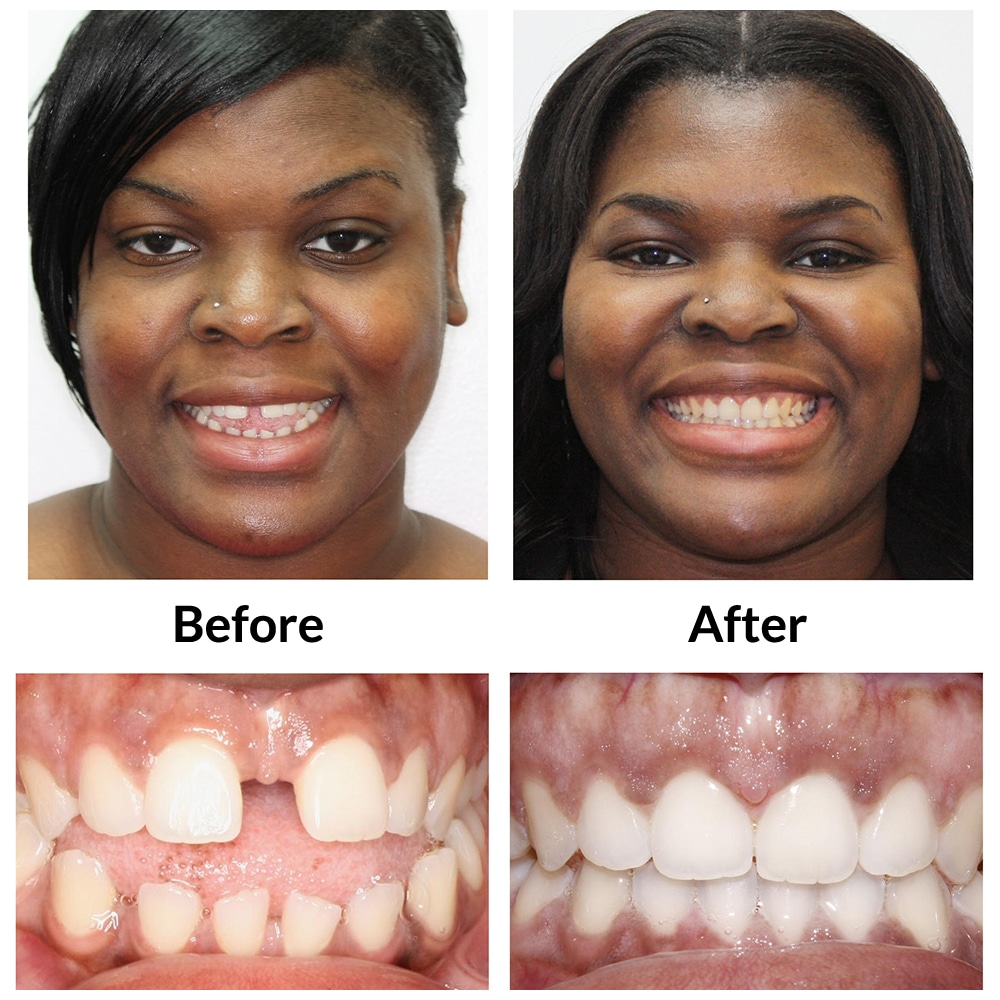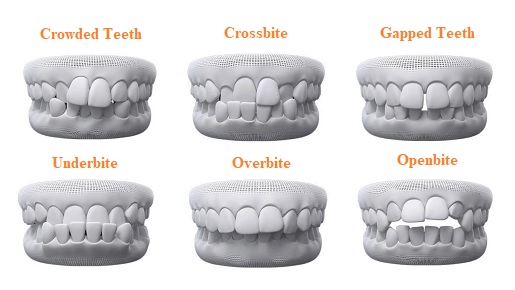Invisalign vs. Traditional Braces: Which Choice Is Right for You?
When thinking about orthodontic therapy, the selection in between Invisalign and traditional dental braces offers several important elements that warrant careful assessment. Invisalign supplies a discreet alternative with detachable aligners, while standard dental braces supply a more noticeable yet efficient option for severe imbalance.
Introduction of Treatment Options

On the other hand, traditional dental braces consist of metal braces and cords that are adhered to the teeth. This approach uses continuous pressure with time to accomplish positioning. While effective for intricate orthodontic issues, traditional dental braces need regular brows through for changes and can posture difficulties in maintaining dental health due to the problem of cleaning around braces and cables.
Both alternatives have their values, and the option frequently rests on particular dental conditions, way of living choices, and patient compliance. Ultimately, seeking advice from an orthodontic specialist is essential for figuring out one of the most suitable treatment plan tailored to private demands. Recognizing the nuances of each option can substantially affect the general success of orthodontic treatment.
Aesthetic Considerations
A substantial aspect influencing the choice in between Invisalign and standard braces is the visual charm each treatment offers. Invisalign aligners are crafted from clear plastic, making them basically undetectable when worn.
On the other hand, typical braces contain metal braces and cords, which can be a lot more obvious. While developments in orthodontic technology have actually caused the advancement of smaller brackets and tinted elastics, typical dental braces still keep an even more conspicuous profile. For some people, the exposure of dental braces might discourage them from seeking essential therapy.
Ultimately, the option between Invisalign and typical dental braces may pivot on individual choices pertaining to visual appeals. Individuals who focus on discretion frequently lean towards Invisalign, while those who are less worried concerning visibility may go with traditional dental braces. Recognizing the aesthetic implications of each choice is crucial for making an informed decision that straightens with one's way of living and preferences.
Comfort and Convenience

In regards to ease, Invisalign aligners are detachable, allowing clients to enjoy their favored foods without constraint and preserve optimal oral health. Cleaning and flossing are simplified, as the aligners can be obtained throughout these routines, whereas traditional dental braces need cautious maneuvering around braces and cords.
In comparison, traditional dental braces demand routine changes, making them less hassle-free for those with busy routines. On the whole, the comfort and ease of Invisalign make it an attractive selection for many people looking for orthodontic treatment.
Therapy Duration and Efficiency
While both Invisalign and typical braces work in fixing oral imbalances, the duration of therapy can differ substantially between both options. Normally, Invisalign therapy can take anywhere from 12 to 18 months, depending on the complexity of the situation. The clear aligners function by progressively shifting teeth into their desired settings, and normal follow-ups with an orthodontist aid ensure development stays on course.
On the other hand, traditional braces typically need a longer dedication, generally ranging from 18 months to three years. This is due to their fixed nature and making use of cables and braces, which can be extra reliable for complex cases and severe misalignments (Invisalign). The therapy effectiveness of traditional braces is well-documented, as they enable for accurate modifications and higher control over tooth motion
Eventually, the option between Invisalign and conventional braces may rest on both the anticipated treatment duration and the certain oral problems available. Consulting with an orthodontist is article important, as they can offer tailored recommendations based on individual needs, making sure the selected technique aligns with preferred results and timeframes.
Cost Comparison and Insurance Policy Choices
Cost plays a considerable role in the decision-making process for individuals considering orthodontic therapy, whether deciding for Invisalign or traditional braces. Generally, the cost of Invisalign arrays from $3,000 to $8,000, while standard braces usually cost between $2,000 and $6,000. Variables affecting these costs include the intricacy of the situation, the duration of therapy, and geographical place.
Insurance coverage can substantially impact out-of-pocket costs. Many oral insurance strategies provide partial insurance coverage for orthodontic treatments, yet the specifics can vary commonly. It is essential for people to evaluate their insurance policy policies to establish the extent of insurance coverage for either choice. Generally, standard dental braces may be a lot more frequently covered by insurance policy plans contrasted to Invisalign, which some insurance firms categorize as an aesthetic treatment.
Additionally, a number of orthodontic methods use adaptable settlement strategies, making both therapy options more available. Individuals must ask about possible funding options and discount rates for in advance repayments. Examining the overall expense, consisting of insurance coverage benefits and layaway plan, is vital for making a notified decision that aligns with both aesthetic choices and spending plan factors to consider.

Verdict
In recap, the selection in between Invisalign and standard braces depends upon several aspects, consisting of aesthetic preferences, comfort, therapy period, and price. Invisalign uses a discreet, removable option that helps with oral health and nutritional versatility, while standard braces may be more ideal for intricate oral problems and typically come at a reduced rate factor. Eventually, assessment with an orthodontist is important to assess specific scenarios and figure out the most appropriate therapy choice for achieving optimum dental alignment.
When taking into consideration orthodontic therapy, the option in between Invisalign and traditional dental braces presents numerous essential factors that warrant careful analysis.Comparing Invisalign and typical braces discloses unique therapy options for orthodontic improvement.While both Invisalign and conventional dental braces are effective in these details dealing with dental imbalances, the period of treatment can differ dramatically between the 2 click reference options.Expense plays a significant function in the decision-making procedure for individuals thinking about orthodontic therapy, whether opting for Invisalign or standard braces.In recap, the selection in between Invisalign and standard braces hinges on numerous factors, including visual choices, comfort, treatment duration, and price.